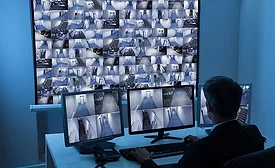Home » Keywords: » psim
Items Tagged with 'psim'
ARTICLES
And Now for Something Completely Different…
A New Category of System Management, Control and Communications
April 19, 2019
Optimizes Global Command Center Operations
Immix Command Center from SureView Systems
August 1, 2017
Sign-up to receive top management & result-driven techniques in the industry.
Join over 20,000+ industry leaders who receive our premium content.
SIGN UP TODAY!Copyright ©2025. All Rights Reserved BNP Media.
Design, CMS, Hosting & Web Development :: ePublishing








